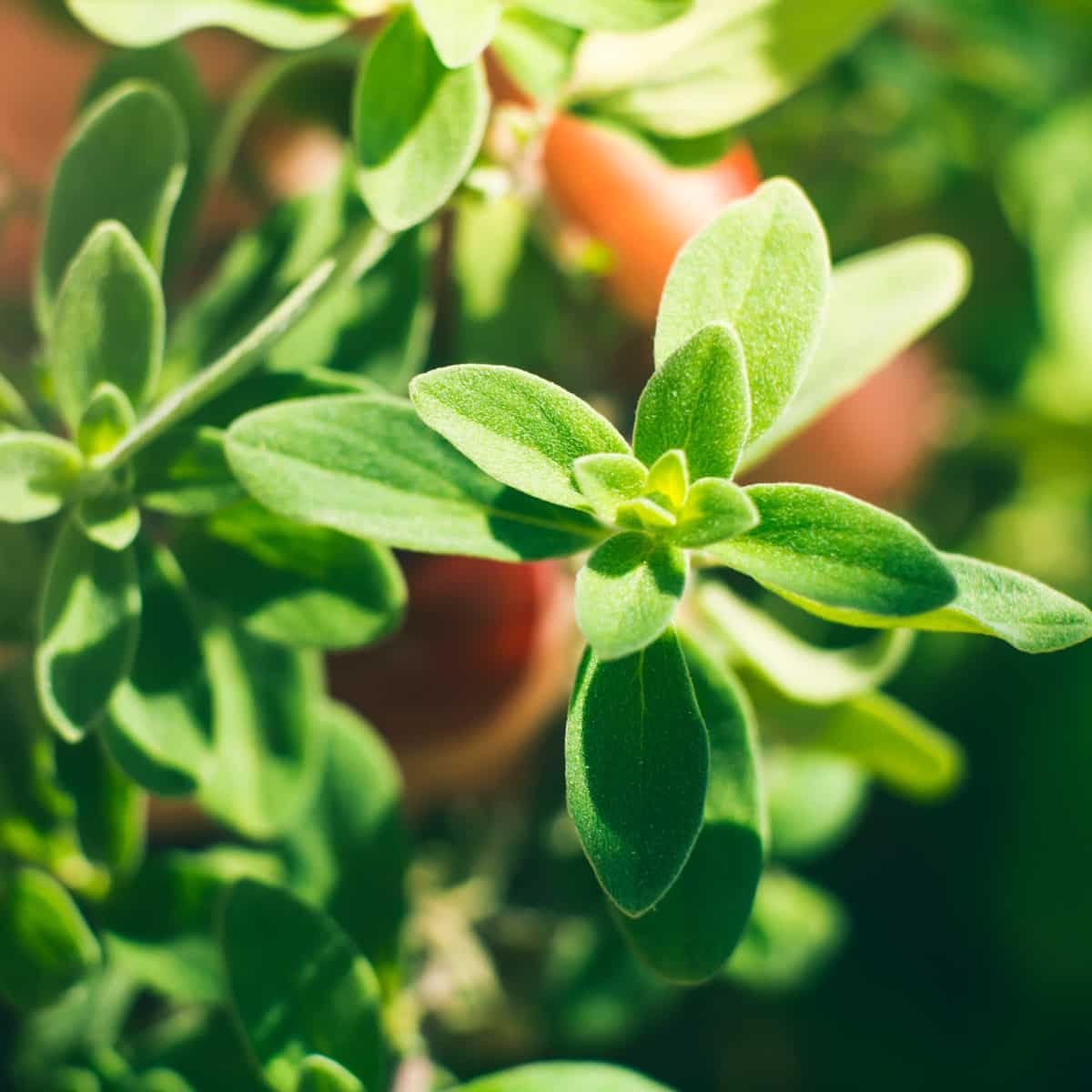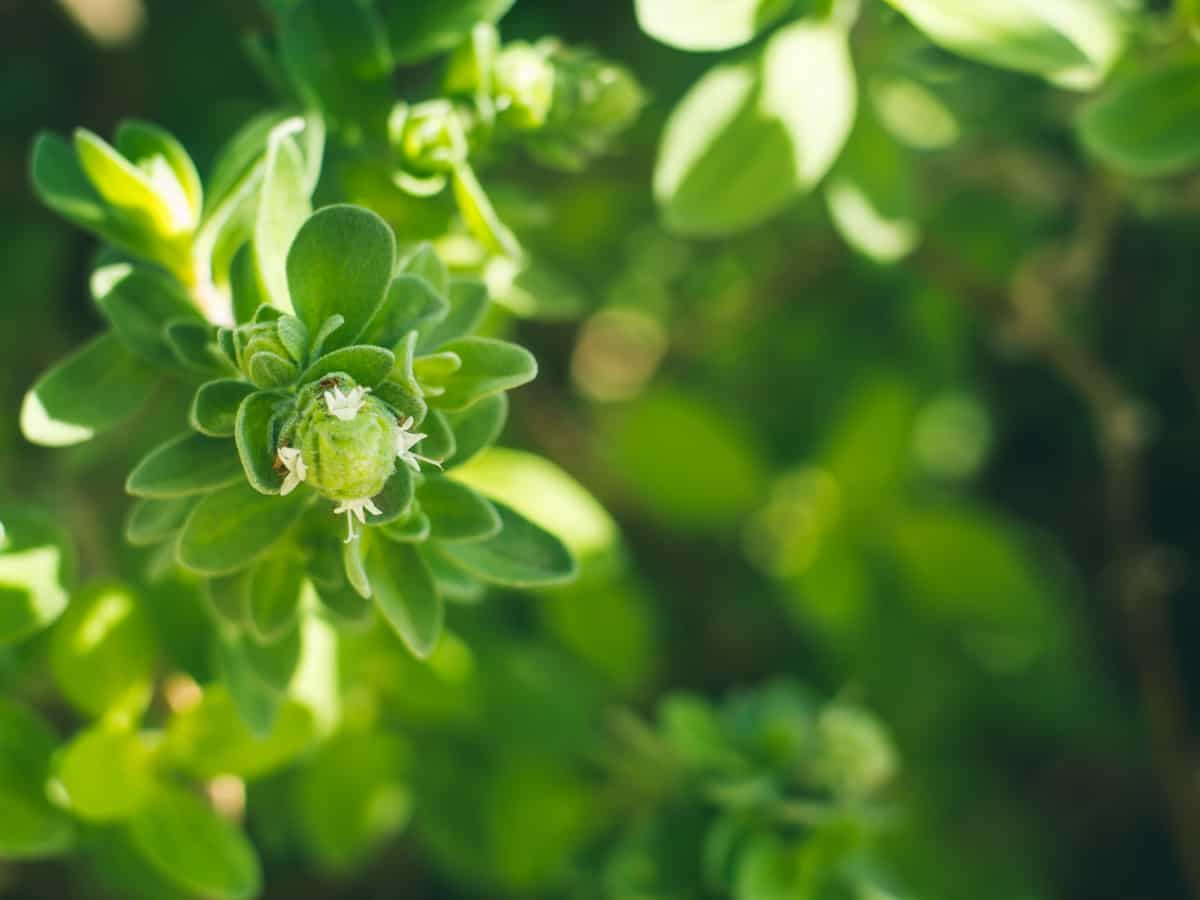Marjoram, also known as Origanum majorana, is a versatile herb for its culinary and medicinal properties. Marjoram plants can reach a height of around 1-2 feet, making them perfect for garden edging or container planting. When planting Marjoram from seeds or cuttings, ensure they are placed in well-draining soil that receives plenty of sunlight throughout the day. Regular watering is essential during dry spells while avoiding overwatering that can lead to root rot.

How to Grow and Care for Organic Marjoram
Organic Soil Requirements for Successful Marjoram Growth
Marjoram is a versatile and fragrant herb that thrives in organic soil with specific pH requirements. Providing the right soil conditions for your Marjoram plants is important to ensure successful growth. One crucial factor to consider is the soil’s pH level. Marjoram prefers acidic to neutral soil with a pH range of 6.5 to 7.5. This slightly acidic or neutral environment creates an ideal foundation for healthy and vibrant Marjoram plants.
To achieve these optimal pH levels, you can test your soil using a simple home testing kit or consult a local agricultural extension office for professional advice. If your soil’s acidity or alkalinity needs adjustment, various organic methods are available to modify the pH balance. Organic amendments such as composted manure, peat moss, and pine needles can help lower the pH if needed. On the other hand, incorporating crushed eggshells or lime can raise the pH of overly acidic soils.
Step-by-step Instructions for Growing Organic Marjoram
- Choosing the Right Location – Find a sunny garden spot or a large pot for growing Marjoram indoors. Marjoram thrives in full sun, so ensure it gets at least six hours of direct sunlight daily.
- Preparing the Soil – Marjoram prefers well-drained soil with good organic content. Before planting, loosen the soil and remove any weeds or debris.
- Planting Marjoram Seeds or Seedlings – If you’re growing Marjoram from seeds, sow them directly into the soil. Cover them with soil and keep them moist until they germinate. For seedlings, dig holes slightly larger than their root balls and place them carefully into the ground.
- Watering and Mulching – Water your newly planted Marjoram thoroughly, but avoid overwatering as it can cause root rot. Use a layer of mulch around the plants to conserve moisture, suppress weed growth, and regulate temperature fluctuations.
- Regular Care and Maintenance – Keep an eye on your Marjoram plants to ensure they receive adequate water during dry spells. Pinch back any leggy stems to promote bushier growth. Remove any dead leaves or flowers regularly to maintain plant health.
Organic Propagation Techniques for Growing Marjoram from Cuttings
One method for growing Marjoram from cuttings is using sharp garden shears to snip four to six inches off a stem. When selecting a cutting, ensure it is healthy and free from any signs of disease or pests. The cutting should also have at least two sets of leaves present. Once you have your cutting, remove the lower set of leaves and dip the end in the rooting hormone.
Next, prepare a container with organic potting soil that has been moistened beforehand. Create a small hole in the soil and gently place the cutting into it, ensuring the remaining leaves are above the soil level. Cover the container using plastic wrap or place it inside a plastic bag to encourage root growth. This will create a greenhouse-like environment for the cutting.
After four weeks, you should see roots forming on your Marjoram cutting. At this point, you can carefully transplant it into its pot or directly into your garden bed if all risk of frost has passed. Using these organic propagation techniques for Marjoram, you can easily multiply your plants and enjoy an abundant harvest year after year.
In case you missed it: How to Pollinate Herbal Plants: Hand Pollination, Natural Pollination Methods, and Tips

Information about Growing Marjoram Plants
| Plant Name | Marjoram |
| Botanical Name | Origanum majorana |
| Family | Lamiaceae |
| Plant Type | Herbaceous, perennial |
| Sun Exposure | Full sun |
| Soil Type | Sandy, loamy, well-drained |
| Bloom Time | Summer |
| Hardiness Zones | 9–10 (USDA) |
Best Practices for Caring for Organic Marjoram Plants
- Plant your Marjoram in well-draining soil with plenty of organic matter. This will help prevent waterlogged roots and promote healthy growth.
- Watering is another important aspect of caring for Marjoram. While it’s important to keep the soil consistently moist.
- Regular pruning is essential for keeping your Marjoram plants bushy and productive. Trimming leggy or woody stems encourages new growth and maintains a compact shape.
- Fertilizing is also crucial in caring for organic Marjoram plants. Use an all-purpose organic fertilizer every four to six weeks to provide nutrients.
- Keep an eye out for pests such as aphids or spider mites. These can quickly damage your Marjoram plants if left unchecked. Opt for natural pest control methods like neem oil or insecticidal soap to protect your herbs without harming beneficial insects.
Watering and Fertilizing Organic Marjoram: Dos and Don’ts
Dos
- Water regularly: Marjoram prefers consistently moist soil, so water it deeply whenever the top inch of the soil feels dry.
- Use organic fertilizers: Opt for natural options like compost or well-rotted manure to provide nutrients without harmful chemicals.
- Feed carefully: Marjoram doesn’t require heavy feeding, so apply a balanced organic fertilizer once or twice during the growing season.
Don’ts
- Overwater: While Marjoram likes moist soil, avoid overwatering as it can lead to root rot.
- Use synthetic fertilizers: Chemical-based fertilizers may harm beneficial microorganisms in the soil and affect plant health.
- Fertilize too often: Excessive fertilizer application can cause excessive leaf growth at the expense of flavor development.
Organic Pest Control Methods for Marjoram Plants
Companion planting is the best pest control method for Marjoram plants. By strategically planting certain herbs and flowers alongside your Marjoram, you can deter pests naturally. For example, planting basil or lavender near your Marjoram can repel aphids and moths while attracting beneficial insects like bees and ladybugs.
Another natural pest control technique is using homemade insect sprays. You can create a simple mixture by combining water and liquid soap in a bottle. This solution on your Marjoram plants will help eliminate pests like spider mites or whiteflies. Additionally, practicing good garden hygiene is crucial in preventing pest infestations.
Companion Planting with Organic Marjoram for Improved Garden Health
Tomatoes – Marjoram’s aromatic oils help repel pests like aphids and spider mites, which are common problems in tomato plants. In return, tomatoes provide shade and support for Marjoram as it grows.
Basil – These two herbs complement each other in flavor and work together to deter pests like mosquitoes and flies. Planting them side by side will create a natural barrier against these unwanted visitors.
Marigolds – Their bright flowers attract beneficial insects like ladybugs and bees, which help pollinate the herb and keep harmful pests at bay.
Chamomile – Chamomile makes the best companion plant for Marjoram. Chamomile is a natural fertilizer when planted near Marjoram, enriching the soil with nutrients that promote healthy growth. It’s an effective way to improve the overall health of your garden without relying on synthetic pesticides or fertilizers.
Harvesting and Preserving Organic Marjoram: Tips and Techniques
The best time for harvesting Marjoram is in the morning. Gently snip off individual stems or cut entire branches with a sharp pair of garden shears. Remember to leave at least two-thirds of the plant intact to continue growing. To preserve your Marjoram, there are several methods you can choose from.
In case you missed it: How to Grow and Care for Organic Lemon Mint: Guide for Planting to Harvesting

One popular option is air-drying, which involves tying small bunches of Marjoram together with twine and hanging them upside down in a cool place. This allows the moisture to evaporate slowly while retaining its flavor. Another method is freezing your Marjoram leaves. Wash and pat dry the leaves, then place them in a freezer-safe bag or container. You can use these frozen leaves directly in cooking.
Conclusion
Marjoram, a delightful herb with a low-growing habit, is the perfect addition to any garden. It is a versatile herb easily grown in your backyard or windowsill. This herb is a delicious addition to your culinary creations and a versatile plant that can thrive in various environments. Growing your organic Marjoram allows easy access to this versatile herb whenever needed in cooking or herbal remedies.
- Feed Your Flock for Less: Top 10 Tips to Save on Chicken Feed
- Ultimate Guide to Ossabaw Island Hog: Breeding, Raising, Diet, and Care
- Hatching Answers: The Top 10 Reasons Your Chickens Aren’t Laying Eggs
- Eggs and Economics: Breaking Down the Cost of Raising Backyard Chickens
- Defend Your Greens: Proven Methods to Keep Iguanas Out of Your Garden
- Ultimate Guide to Cinnamon Queen Chicken: A Comprehensive Guide for Beginners
- Ultimate Guide to California Tan Chicken: Breeding, Raising, Diet, Egg-Production and Care
- Ultimate Guide to Marsh Daisy Chicken: Breeding, Raising, Diet, and Care
- 10 Types of Chicken Farming Businesses You Can Start for Profits